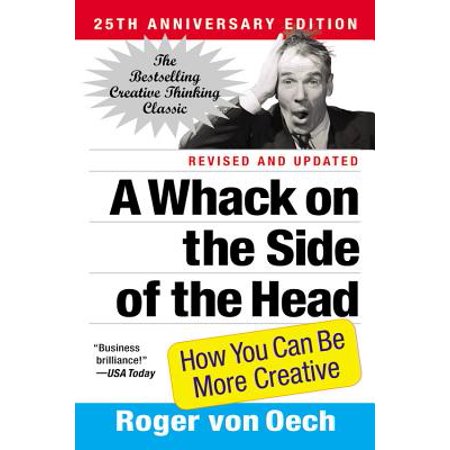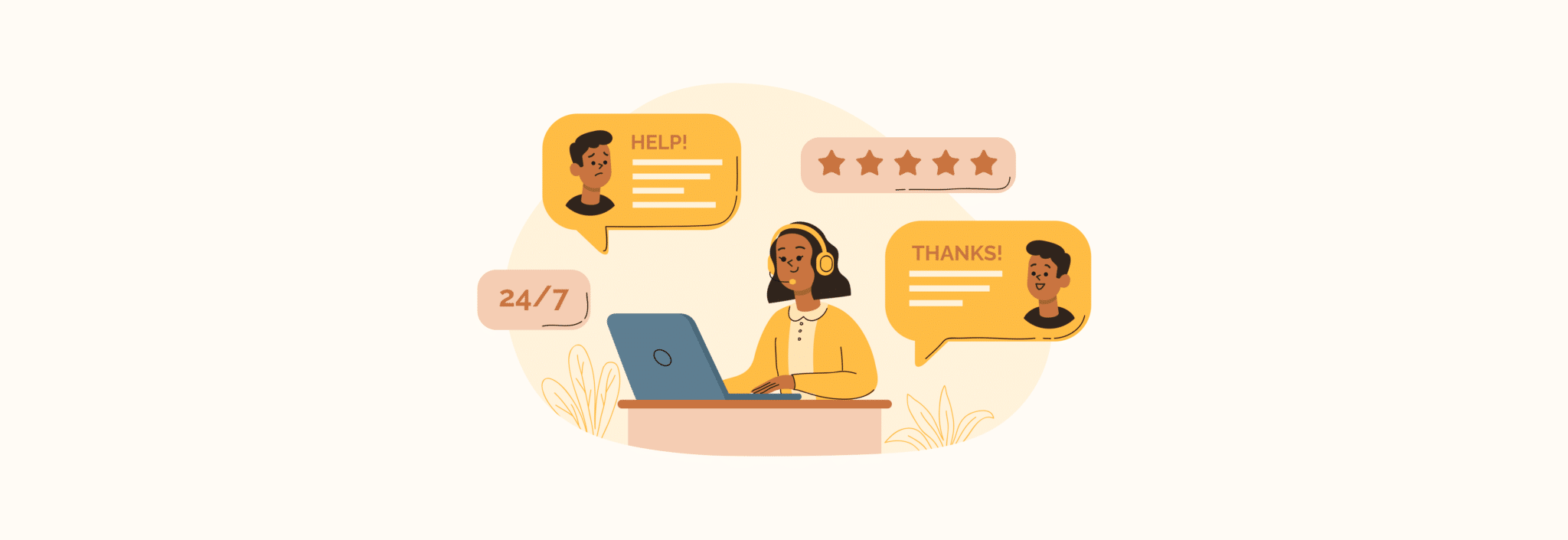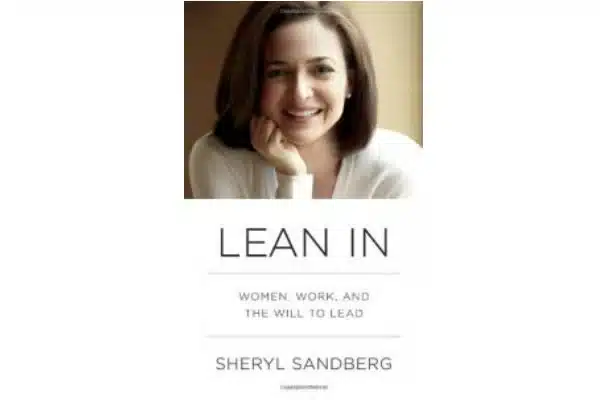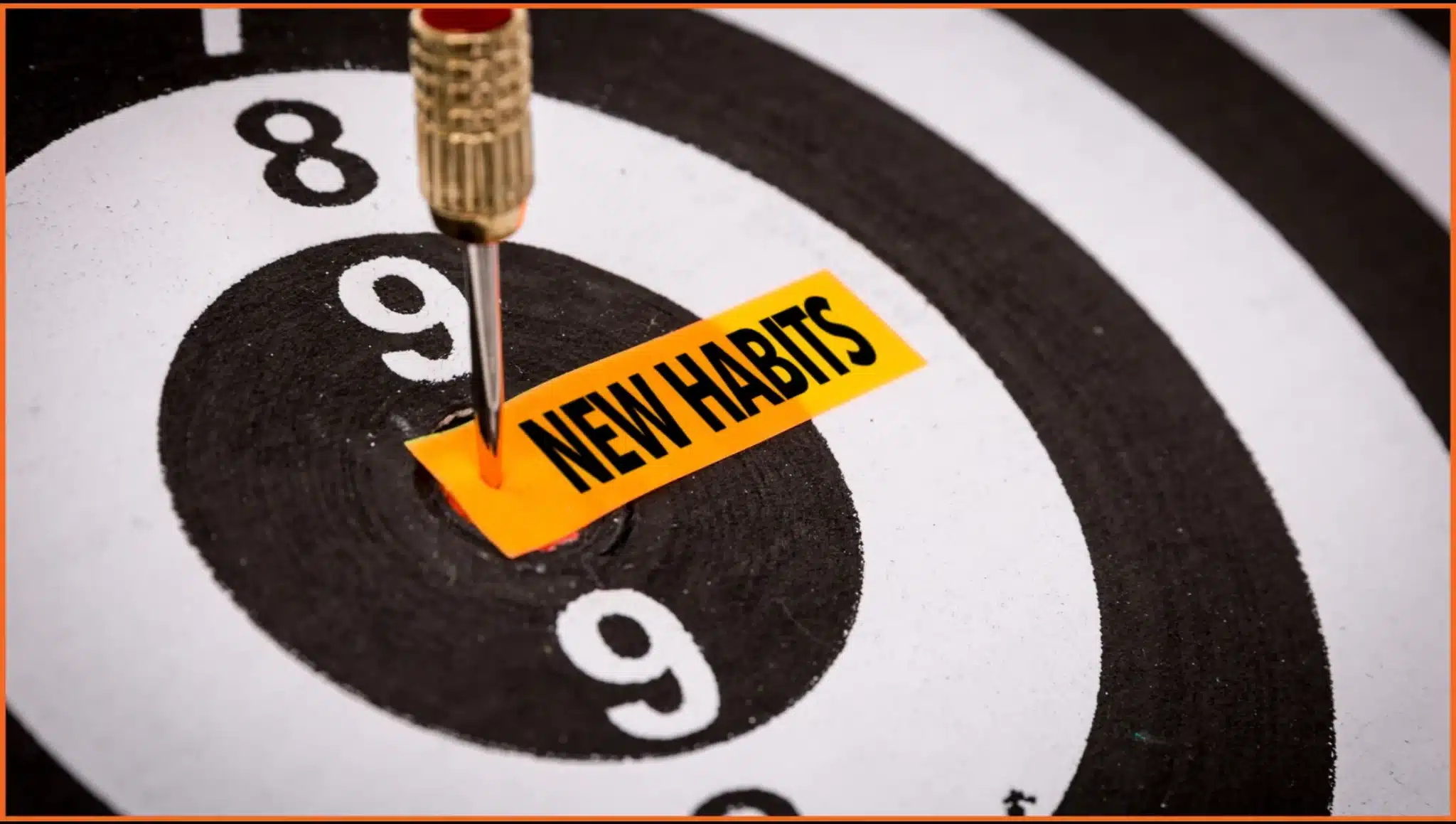“The chief enemy of creativity is good sense.” – Pablo Picasso
Let me start with two milestones in my personal life which have truly shaped my personality and decision making abilities. First one would be a movie that I watched years ago, named “Up In The Air.” Starring George Clooney and Anna Kendrick, it also had Vera Fermiga. What stood out for me was a particular scene. This particular scene had both Clooney and Kendrick making their way through the airport security. The visual contrast made between the character played by Clooney who manages his luggage very efficiently and gets through the security within minutes of inspection and Kendrick’s character who is an ambitious young woman trying to make it big, is very compelling. She takes forever to get through the same security check due to poor baggage management.
What an younger me took from this was that we should always aim to be as efficient as the main guy and have followed the said standards religiously ever since. I do not spend enormous amount of time and energy in the things that can be auto-piloted, things like what to wear to work each day, or how should I start my day or what are some of the things that I must do each day. And the strategy has worked just fine, so I never challenged it.
The next incident involves my manager from one of the organizations I previously worked at, who oft mentioned at several occasions that I am very creative (which is a good thing, given my role of a facilitator). But I didn’t believe him then and thought he was just being nice. I further never discussed it with him or even challenged it, being content with the status quo and not wanting to start a discussion that could alter that. I had happily resigned to the thought that creativity is only for those who in the artistic fields. That is, until I came across this masterpiece of a book!
Written by Roger Von Oech who is an American speaker, conference organizer, author, and toy-maker, it gives a new perspective to all the methodical ways of thinking that most of us have lived with for most of our lives. The writer’s focus has been on the study of creativity. It is a wonderful read and focuses on describing the ten mental locks and strategies to break these locks enabling us to be more creative.
Introduction
Table of Contents
“Children enter school as question marks and leave as periods.” – Neil Postman
We are all born creative. We begin our lives by asking questions and try our best to interpret the world with the answers we get. As time passes, we are required to understand what is acceptable and what is not. We see and interpret the world through other people’s eyes. More often than not, it proves to be essential too; For example, we need to believe and hence convey that the grass is green, and the sky is blue. Failing which, we will not be able to communicate with one another. We soon start forming opinions and assigning every question with the “right answer.”
This complacency, however, acts as the fuel that burns our creative souls. Our education system (much of the way it is, is needed) rewards the right answer. In every subject, children are required to choose or give one right answer. While, there is possibly no simpler way to learn things, but this cumulatively curbs creativity. In life, for every situation, we look for the right answer. As a result, we are not able to question anything, or think of better, more effective ways of doing anything. Think of any invention or improvement that has ever happened. It wouldn’t have happened without a little bit of craziness.
Can Creativity Be Learnt?
Even though it might seem like a strange question, the answer is an undeniable YES! This book talks about the 10 mental blocks that hinder our creativity and lead us to stick to confined thinking.
The 10 mental blocks as described by the book, include:
- The Right Answer
- That’s Not Logical
- Follow the Rules
- Be Practical
- Play is Frivolous
- That’s Not My Area
- Don’t Be Foolish
- Avoid Ambiguity
- To Err Is Wrong
- I’m Not Creative
On taking a closer look, you will notice how most of these sound like the instructions given to young children by the elders around, during the growing years. And even though, these are essential for our social growth, such a regulated and disciplined existence can also prove to be detrimental to one’s creativity. This book, thus, brings out the simple fact that there’s more to life than simply following rules, being practical, and knowing the right and logical answer.
Takeaways That Touched Me
Even though all the points spoke to me, I particularly like the fifth mental block – Play is Frivolous. When trying to solve a problem, focusing on the problem never seems to lead to solutions. We get caught in the ‘tunnel vision’ trap and thus, fail to ‘think out of the box’.
The answer to solving such a problem is simple – Play. Do other things you need to without being focused on the problem and the solution shall appear, often from the strangest of places. A good example would be getting ideas when we are doing something entirely different from the issue in hand, like gardening, cooking, or even cleaning. This is said to be due to the stimulating effect our hands have on our minds.
Similarly, the seventh mental block – Don’t be Foolish, is also quite fascinating. Sometimes, it is a foolish idea that upon incubation, solves the problem with a creative solution.
“Creativity is nothing but a mind set free.” – Torrie T. Asai
Thus, creativity is not a trait reserved to be used only by the artists, the painters, the photographers, the writers and the likes of them but can enrich lives of all of us.
The tenth mental block – I’m not Creative, is of course the one that hits closest to home, and is also discussed as the final blow to our creativity. Anyone who ever thinks he/ she is not creative does not even aim at thinking creatively, and hence fails to be creative, by default. However, a person who thinks he/she is creative, at least is not afraid of wackiness and knows better than to dismiss a foolish or illogical idea, but rather gives them their due time it. These are the people who can use whacky ideas as stepping-stones until the idea materializes into a creative solution.
The Way Forward
All things aside, it is not easy removing all the mental locks at once. It will take both, time and conscious effort. We can start with taking one step at a time. The first is to keep in mind that not everything requires creativity. If some things work fine, then it is best to leave those things alone. After all, rules and some level of automation makes life efficient.
However, for situations that require you to tap into your creative streak, the writer encourages us to mentally prepare us to believe to be playing either of the four different roles, as per the situation, and see our idea yield results –
Explorer – Poke around in unknown areas, pay attention to unusual patterns, use different senses, and seek out a variety of different types of information.
Artist – Turn your materials into ideas. Experiment with a variety of approaches; follow your intuition; rearrange things. Look at things backwards; turn them upside down; ask “what if” questions; Look for hidden analogies. Break the rules or create your own!
Judge — Critically weigh the evidence; look for drawbacks; wonder if the timing is right; question assumptions; listen to your gut.
Warrior — Take the offensive and bring your ideas to action; commit to reaching the objective.
Conclusion
Having shared all that I have learnt from this wonderful book, I would simply like to conclude by saying that I am glad that I read this book. It gave me a new perspective to challenge my own beliefs about creativity. While, I will continue keeping somethings on an auto-pilot mode, I will now deliberately wear the suits of an Explorer, an Artist, a Judge, and a Warrior, accordingly.
Creativity, or the lack thereof, is essentially a matter of mind over matter and it is upon us to remove those mental locks. I finally am confident that I am creative and so are You!















